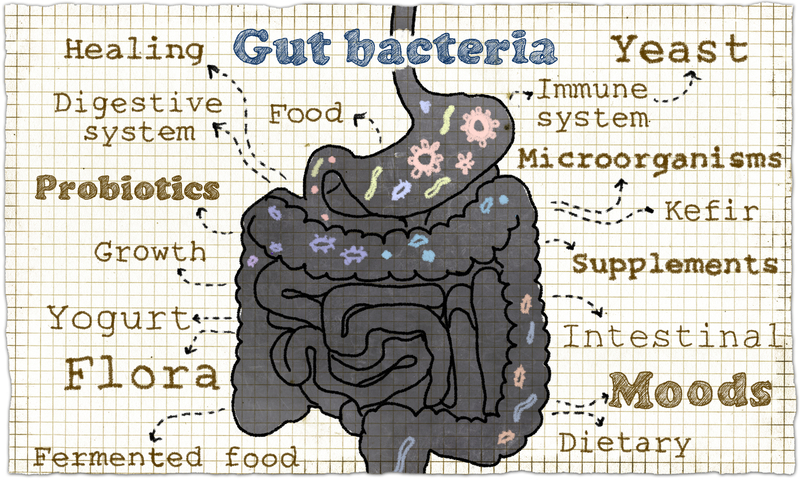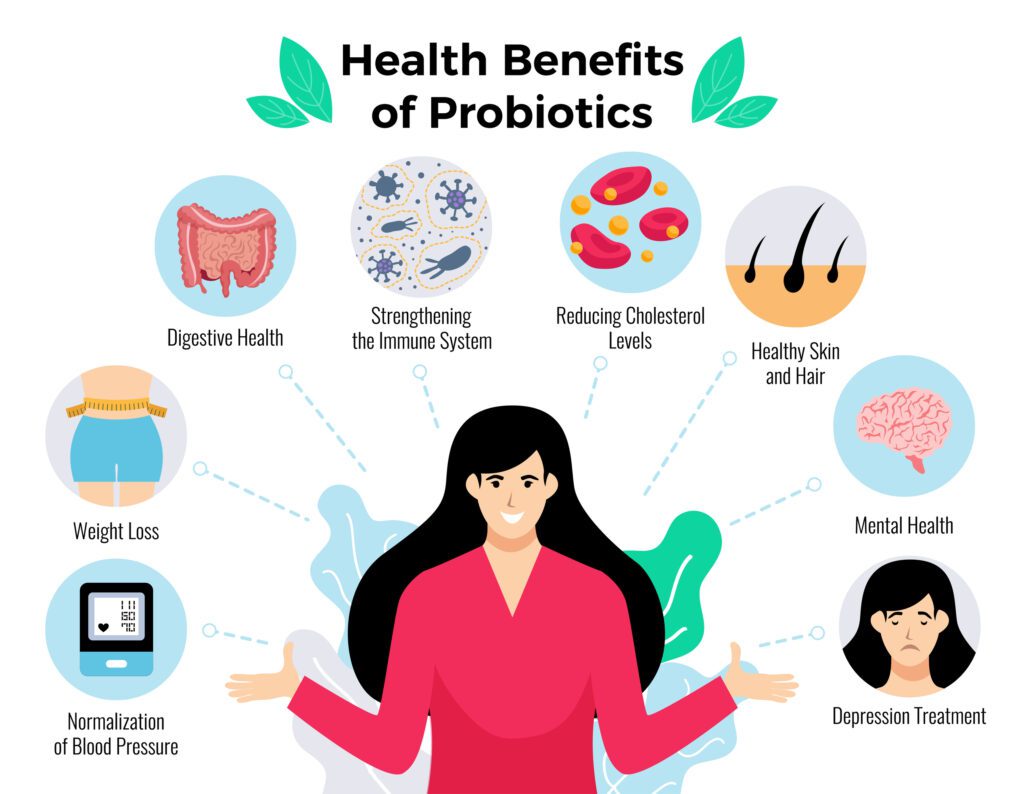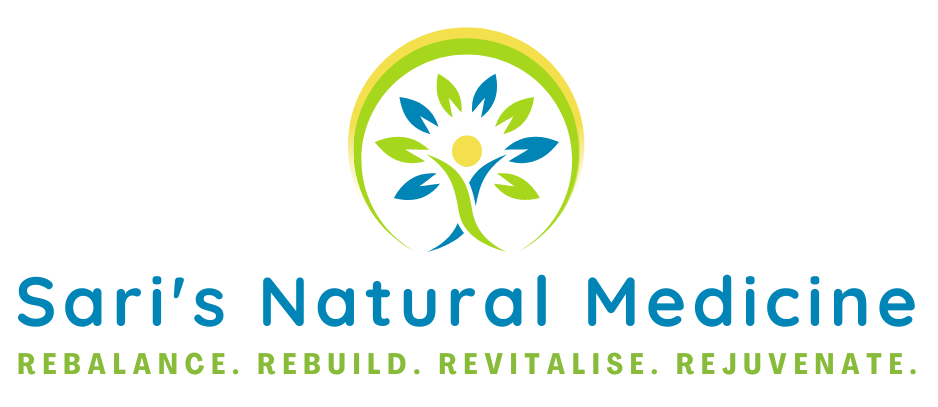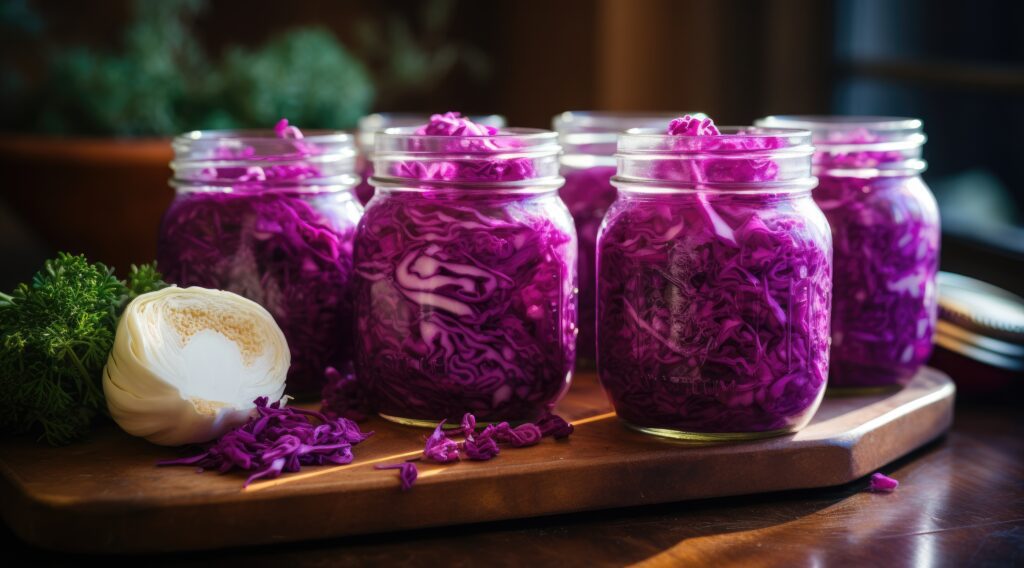Sauerkraut originated in China, but the word is German, meaning ‘sour cabbage’. It is so much more than sour cabbage though! The cabbage is fermented by the bacteria- Leuconostoc mesenteroides, Lactobacillus brevis, Pediococcus pentosaceus and Lactobacillu plantarum that are already found on the raw cabbage.

Because anaerobic bacteria start off the fermentation, cabbage and salt must be submerged so no oxygen touches it. The Leuconostoc bacteria produce carbon dioxide from the last of the oxygen found in the jar. It also produces lactic acid as the by-product of anaerobic respiration.
Once the jar gets too acidic from all that anaerobic respiration, the Leuconostoc bacteria dies out, and are replaced by the Lactobacillus species which thrives in acidic environments. These bacteria ferment the remaining sugar from the cabbage using anaerobic respiration also. Around this stage, the increasing levels of lactic acid cause the pH to drop to around 3. Your stomach pH is around 1.5-2 to put it into perspective. These bacteria are inhibited in very low temperatures (in the fridge) and by high salt concentrations. Once the pH has reached 3, the fermentation process is finished. Now it is time to store the sauerkraut in the fridge and enjoy it! The tangy, acidic taste is created by the bacteria.
Of course, fermentation can go wrong and bacterial overgrowth can occur. If it is kept fermenting in too high temperatures, bacterial overgrowth can result. Likewise, if it becomes too acidic too quickly, it can spoil. Fungal spores can grow on the surface if the cabbage is not submerged adequately. To ensure fermentation does not go awry, add salt and weigh the cabbage down to keep it submerged. These two actions make it difficult for detrimental bacteria to survive and thrive.

Lactobacillus bacteria are friendly bacteria that are found everywhere in our environment- on and in our bodies and on our vegetables. These are what ferment the cabbage to give us bucket loads of these beneficial bacteria. According to the National Institute of Health and Harvard Health, these bacteria improve cardiovascular disease, lactose intolerance, prevent and treat cancer, regulate immunity, and improve gastrointestinal disease, allergies, arthritis, asthma and depression!
Start making and eating it today! Find my simple instructions for making sauerkraut at home here.

